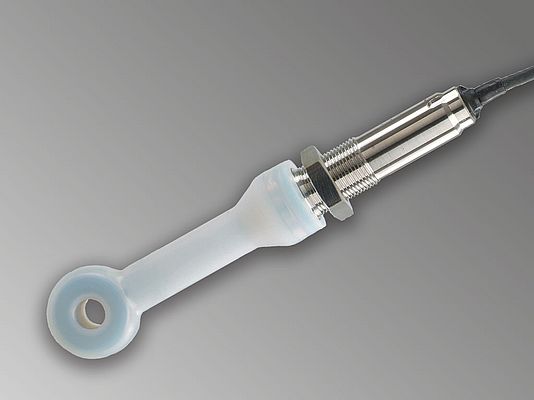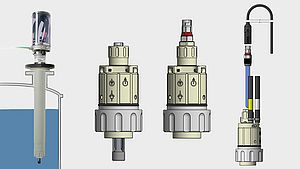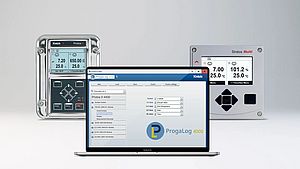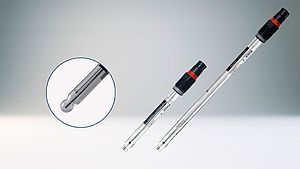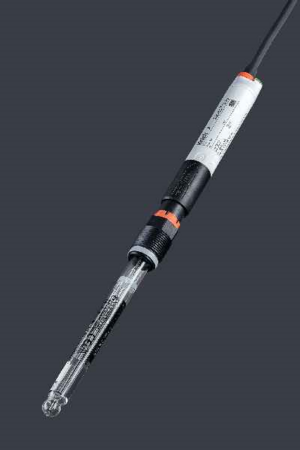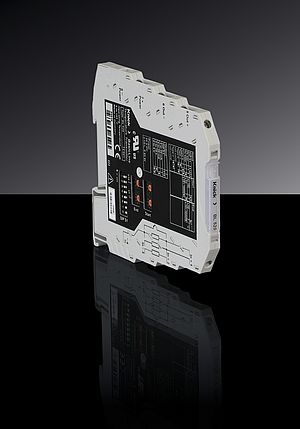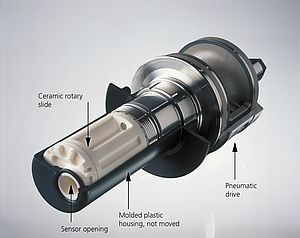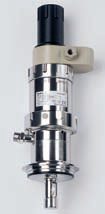Knick introduces the new SE656N-digital conductivity sensor. With a large measuring range of 0 to 2,000 mS/cm (resolution: 0.002 mS/cm), the sensor is an all-rounder that is suitable for almost any application. The sensor material, PFA, is also extremely resistant to chemicals and thus particularly protected from aggressive process media such as high-concentration acids, e.g., hydrofluoric, nitric, and sulfuric acid, as well as concentrated bases and strongly oxidizing media.
Reliable long-range signals
The digital data transmission is compatible with the Memosens protocol and protected from interference due to cable length or the operating environment. The analog measured value is converted into a digital signal with galvanic isolation in the sensor head. This means that measured values can be reliably provided to the transmitter over long distances without interference, even with simple wiring. In addition, the calibration data is stored directly in the sensor head, enhancing process reliability and reducing maintenance needs. On the SE656N-digital, the digital functions are directly integrated in the sensor, which is equipped with a captive cable.
Its design and the anti-adhesive properties of the PFA material further make it resistant to contamination and fouling media. The SE656N-digital conductivity sensor can be used, for example, in the chemical, food & beverage, wastewater monitoring, pulp, and paper industries.
Measuring Principle
Toroidal sensors measure the conductivity of a liquid electromagnetically using two coils, which are galvanically isolated and never in direct contact with the process medium. There is no risk of measurement errors due to polarization effects when applying this measuring principle, as is the case with a contacting electrode measurement directly in the medium, which makes inductive measurement ideal for high-concentration acids and bases.
Each conductivity sensor requires one-time calibration, since each individual sensor has a specific cell constant that must be taken into account when determining the measured value. As conductivity is dependent on the temperature of the measured medium, all Knick conductivity sensors are equipped with temperature detectors for automatic temperature compensation.


